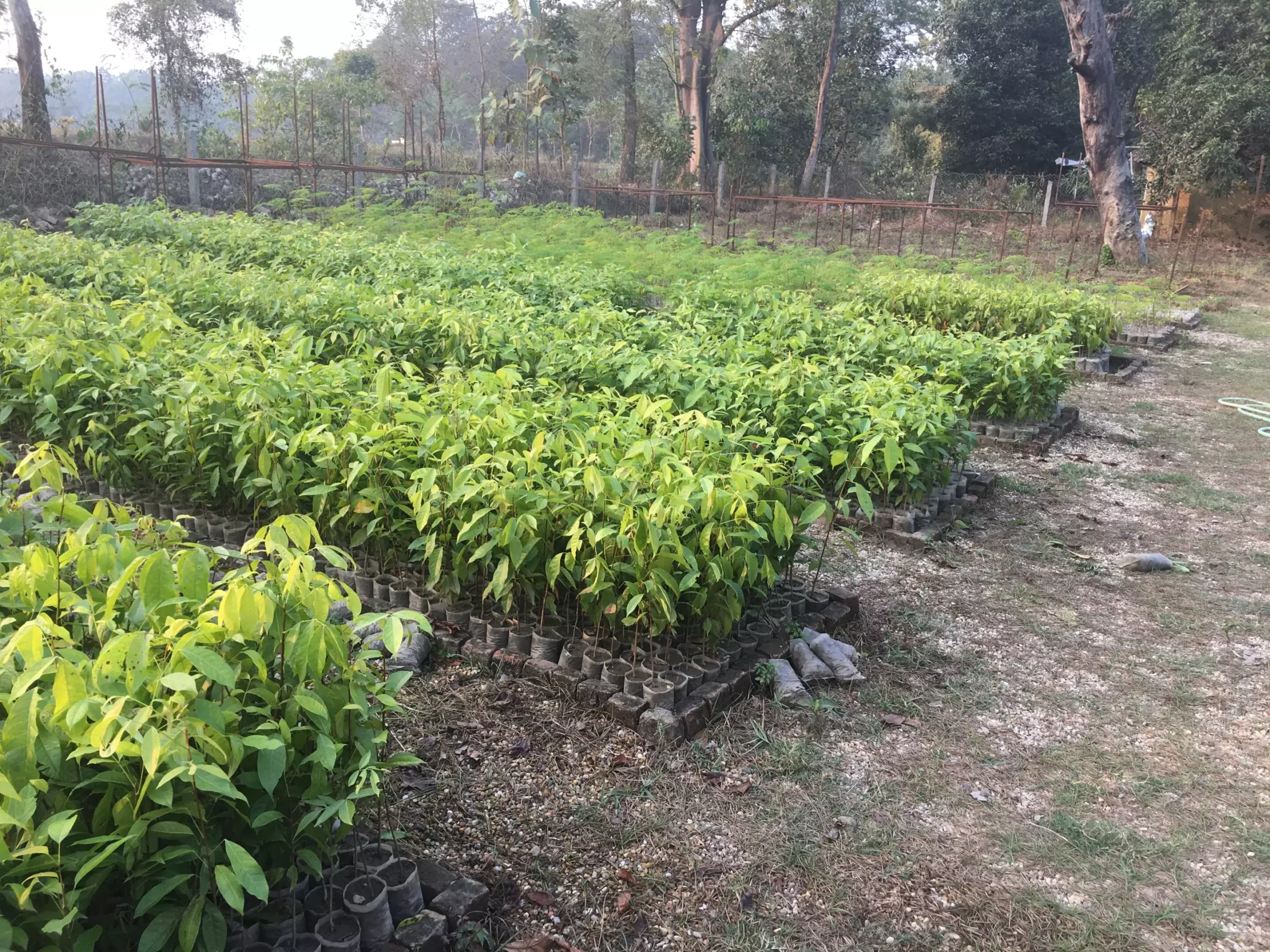In the battle against climate change, reforestation has emerged as a beacon of hope, particularly in low- and middle-income countries where the struggle against deforestation is most acute. Recent findings highlighted in a compelling study published in *Nature Climate Change* reveal that these nations can capitalize on their natural ecosystems to sequester carbon dioxide at a drastically reduced cost—up to ten times less than previous assumptions. This new understanding sharpens the focus on allowing nature to heal itself, a process known as natural regeneration, suggesting that perhaps tree planting alone is not the be-all and end-all solution.
Natural regeneration refers to the strategy of allowing existing trees and the natural environment to reassert themselves on degraded land rather than initiating new planting efforts. The findings indicate that nearly 50% of identified reforestation sites would sequester carbon significantly more effectively if they were merely left to rejuvenate without heavy human intervention. It’s a revolutionary perspective that overlooks the urgency of active replanting, proposing instead a more harmonious approach with the ecosystem.
Balancing Economic Viability and Ecological Necessity
Jeff Vincent, a co-author of the study from Duke University’s Nicholas School of the Environment, points to an essential tension in reforestation efforts, particularly the role of wood markets. Interestingly, the study suggests that in over half of the surveyed areas, timber plantations, albeit highly managed, sequester carbon at a lower financial cost compared to naturally regrowing forests. This revelation forces us to reconsider the lens through which we evaluate reforestation strategies.
The conventional wisdom has often underscored the sheer act of planting trees as the principal means of achieving carbon sequestration. However, with these insights, it seems clear that a hybrid approach—leveraging both natural growth and plantation methods—might yield not only a more robust ecological outcome but also a more financially sustainable one. By setting up models that encompass both methods, decision-makers can tailor their reforestation efforts to fit the socioeconomic fabric of their unique environments.
Incentivizing Change: The Role of Carbon Payments
Innovative financial solutions are paramount in moving toward an effective reforestation strategy. One significant mechanism is the establishment of carbon payments, whereby companies and organizations invest in projects that offset their greenhouse emissions. These financial incentives are not merely helpful but vital, particularly in regions stricken by resource scarcity. By creating monetary motivations for reforestation projects, stakeholders can bridge the gap between ecological needs and fiscal realities.
Vincent highlights that carbon payments can alone provide sufficient reforestation impetus in many contexts, while capital garnered through sustainable wood harvesting can further lower the net costs associated with carbon sequestration. This model of financially incorporating eco-sensitive evaluations underscores a profound opportunity for public and private partnerships.
The Multifaceted Approach: A Roadmap to Success
Critical to developing successful reforestation strategies is an understanding of the variables influencing cost-effectiveness in various locales. Factors such as growth rates, land value, proximity to natural seed sources, and existing agricultural uses must be carefully analyzed to determine whether natural regeneration or planting trees would be the more advantageous approach. The research team has gone so far as to create a comprehensive world map detailing which reforestation method offers the best fiscal return by region, a resource that could guide governments and organizations alike in their budgeting and planning efforts.
With these insights, stakeholders are better positioned to make informed choices about their reforestation funding. They could strategically prioritize projects that not only yield immediate carbon sequestration benefits but also foster long-term ecological resilience and economic gains. This dynamic interplay between nature and economics fosters a paradigm shift that could influence global policies and spur a variety of initiatives aimed at revitalizing our planet’s depleted forests.
The emphasis on a mixed-method approach recognizes that while tree planting has its place, nurturing nature may ultimately pave the way for more effective and sustainable results in combating climate change. This blend of financial acumen and ecological wisdom is key to ensuring that the future of reforestation is not only ambitious but also attainable.


Leave a Reply